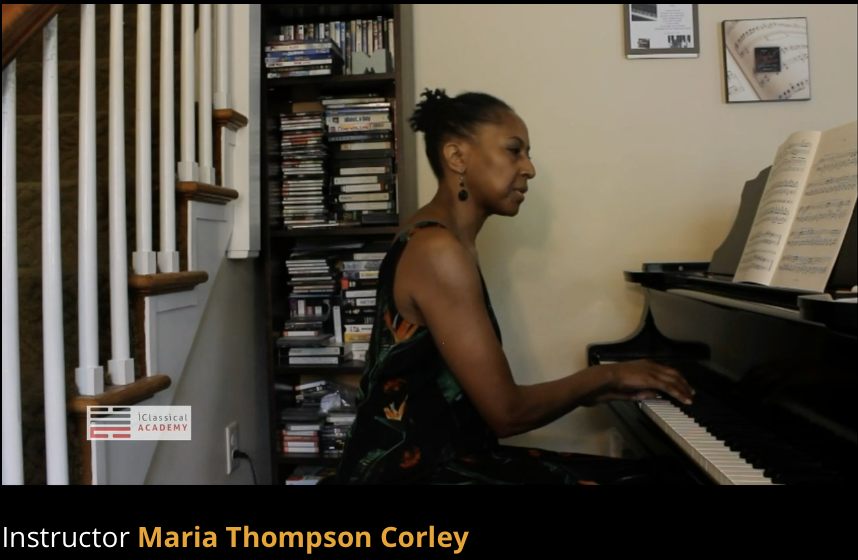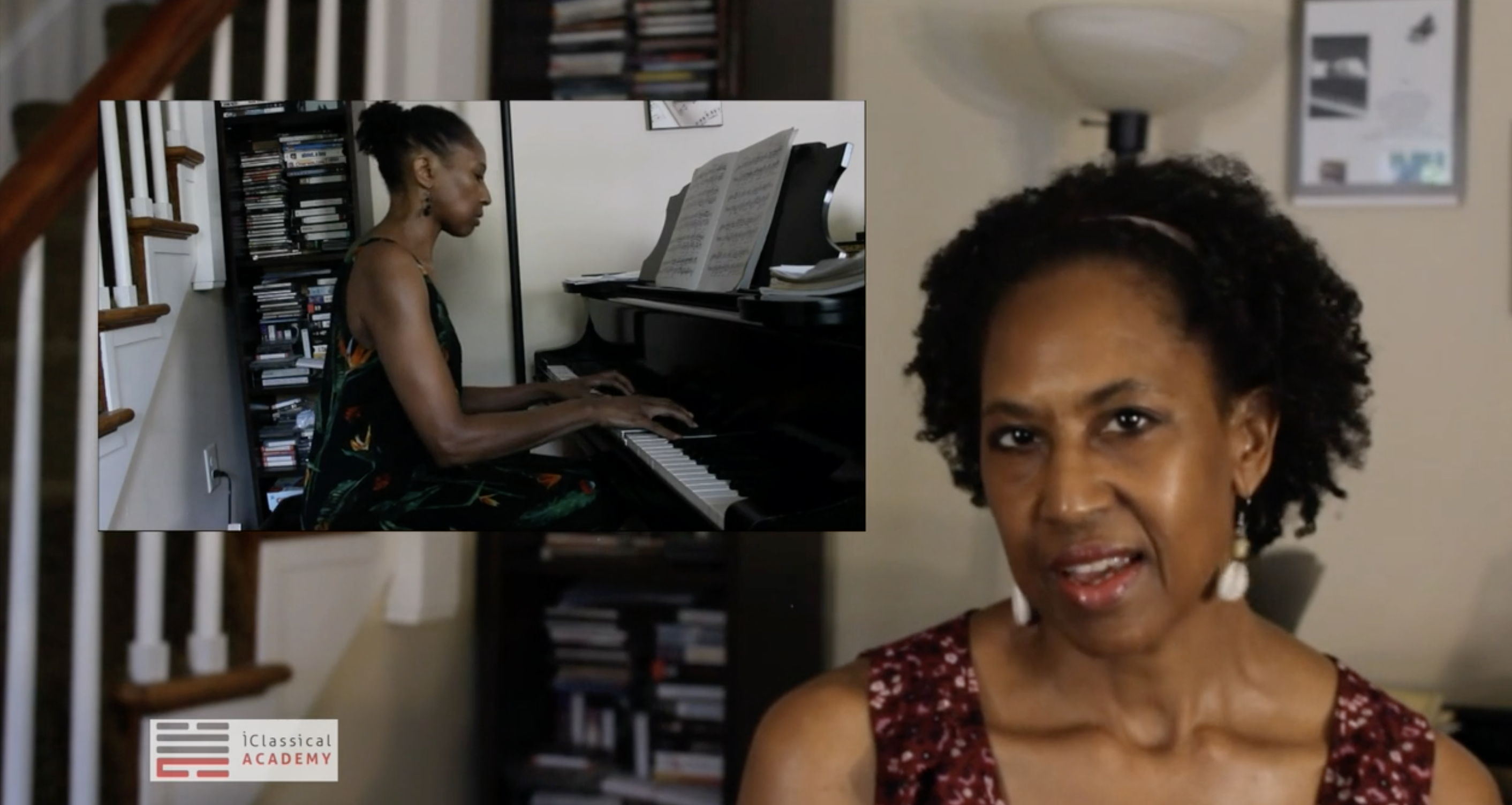Online Courses
The Pianist Guide to Touch
“How many Juilliard-trained pianists does it take to change a light bulb?”
“Ten. One to start, then nine more to do it louder and faster.”
Even when pianists do try to use both ends of the dynamic spectrum, our efforts can be stymied by inferior instruments. Nevertheless, if we don’t know how to create a triple piano sound in the first place, even the most wonderful piano’s possibilities will remain unexplored. Playing quietly is more difficult than playing loudly; when my teacher, Gyorgy Sandor (with whom I studied at Juilliard, by the way), first introduced me to the idea of softer softs, I spent hours trying to achieve new levels of control. It’s still work, but so very rewarding.
Content:
4 instructional videos
1. Foundation of Tone Control
2. The Physics of Dynamics
3. Legato Part I
4. Legato Part II


Advanced Piano Practice Techniques
I was lucky enough to study with Gyorgy Sandor, whose approach was deeply rooted in an awareness of physiology. Obviously, music should convey emotion, but a pianist who doesn’t think about the small physical adjustments that facilitate that expression will be as limited as a figure skater who doesn’t know how to land a jump. While specific pieces present specific problems, there are general tools that can be applied to solve most of them. In this course, I will touch on my favorites, illustrating with passages from two pieces that cover the gamut: Chopin’s Barcarolle in F Sharp and Debussy’s L’isle joyeuse.
Content:
4 instructional videos
1. Body Position
2. Mental and Physical Subdivisions
3. Additional Strategies
4. Yoga and Pilates Based Exercises
